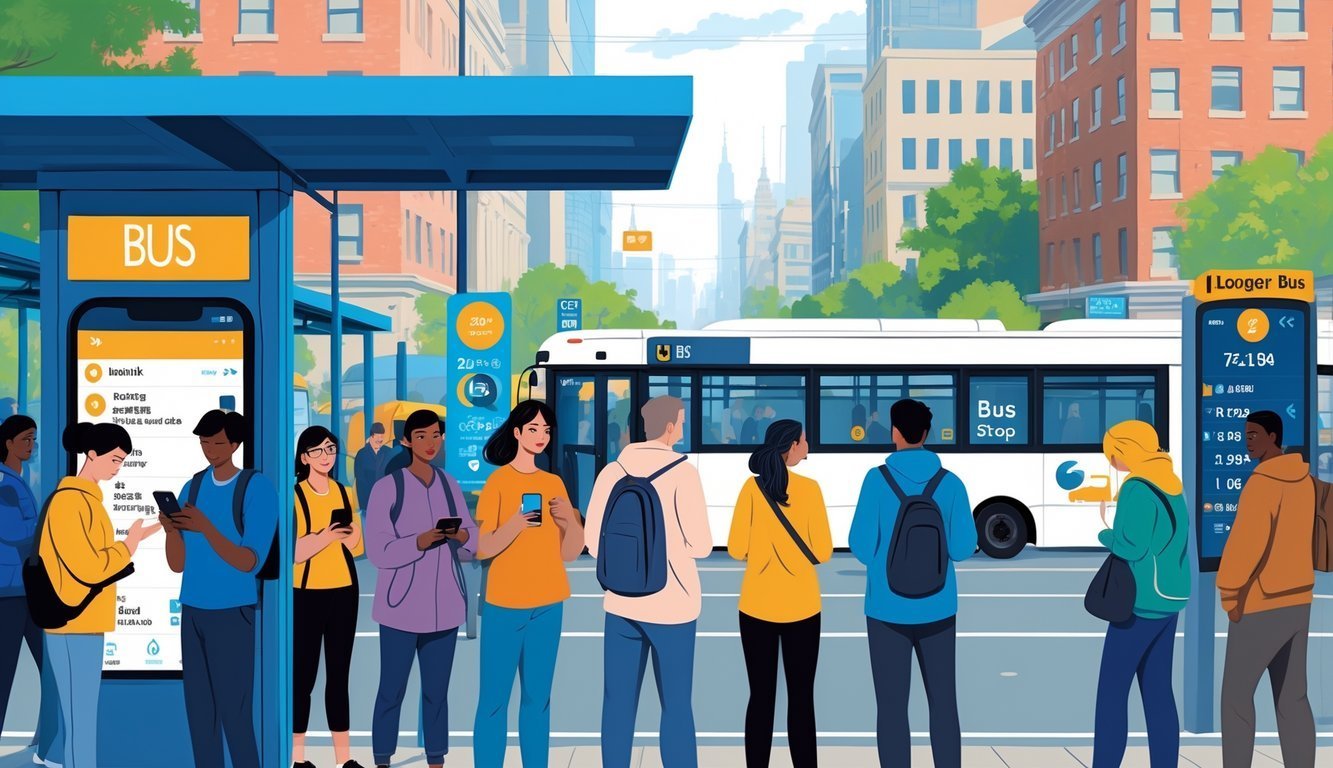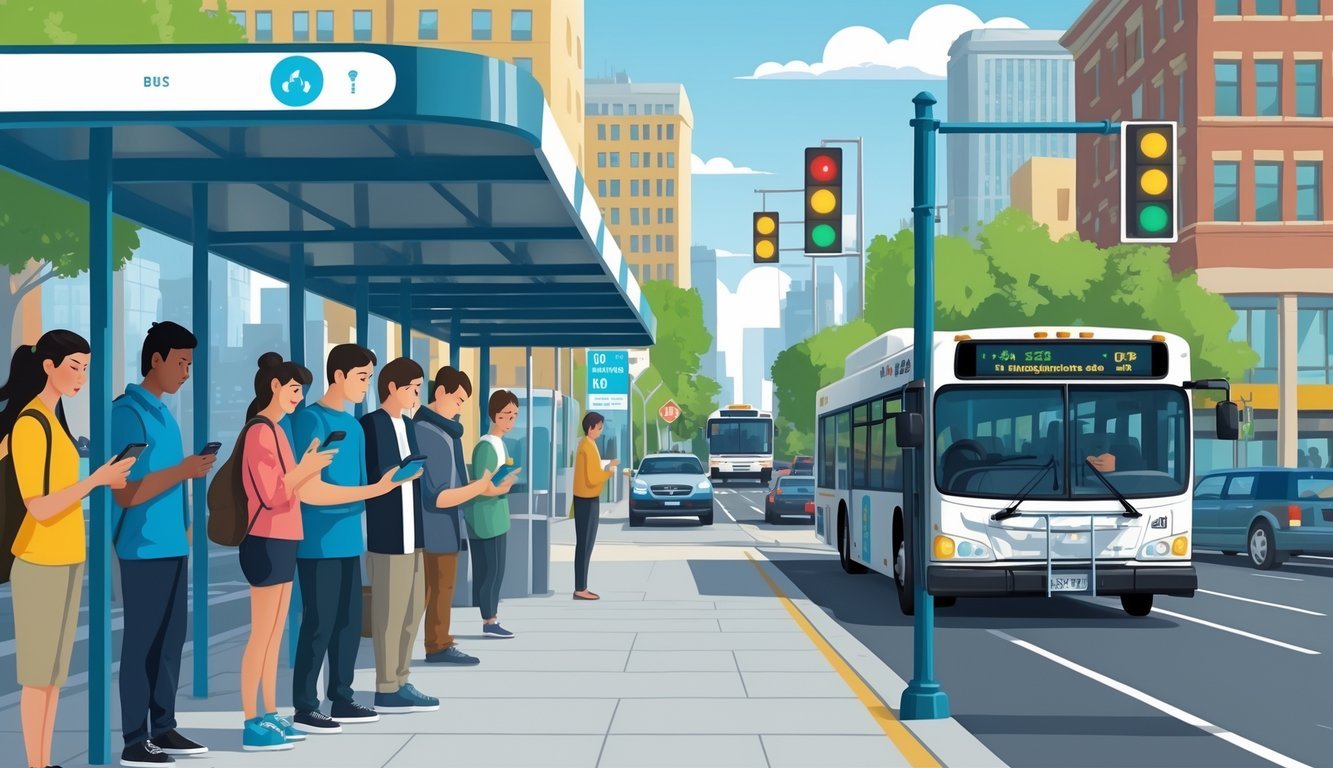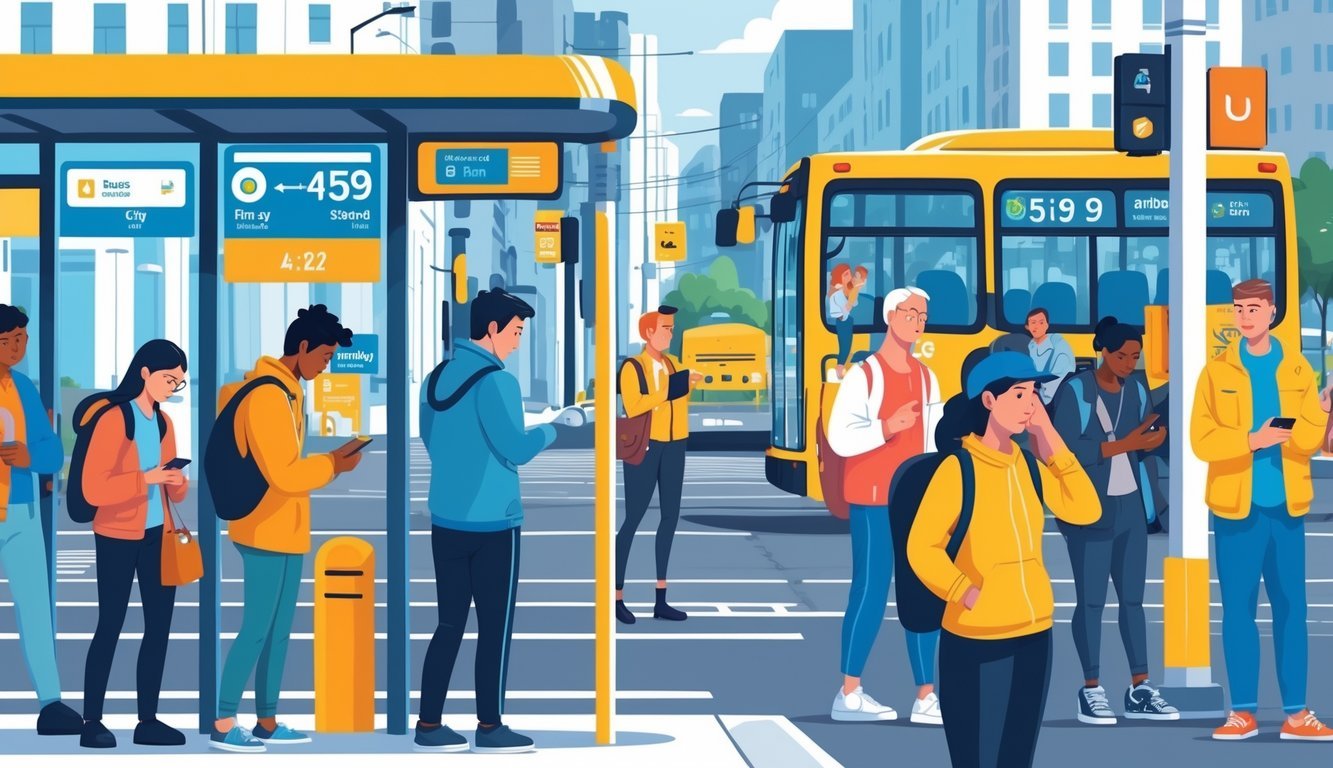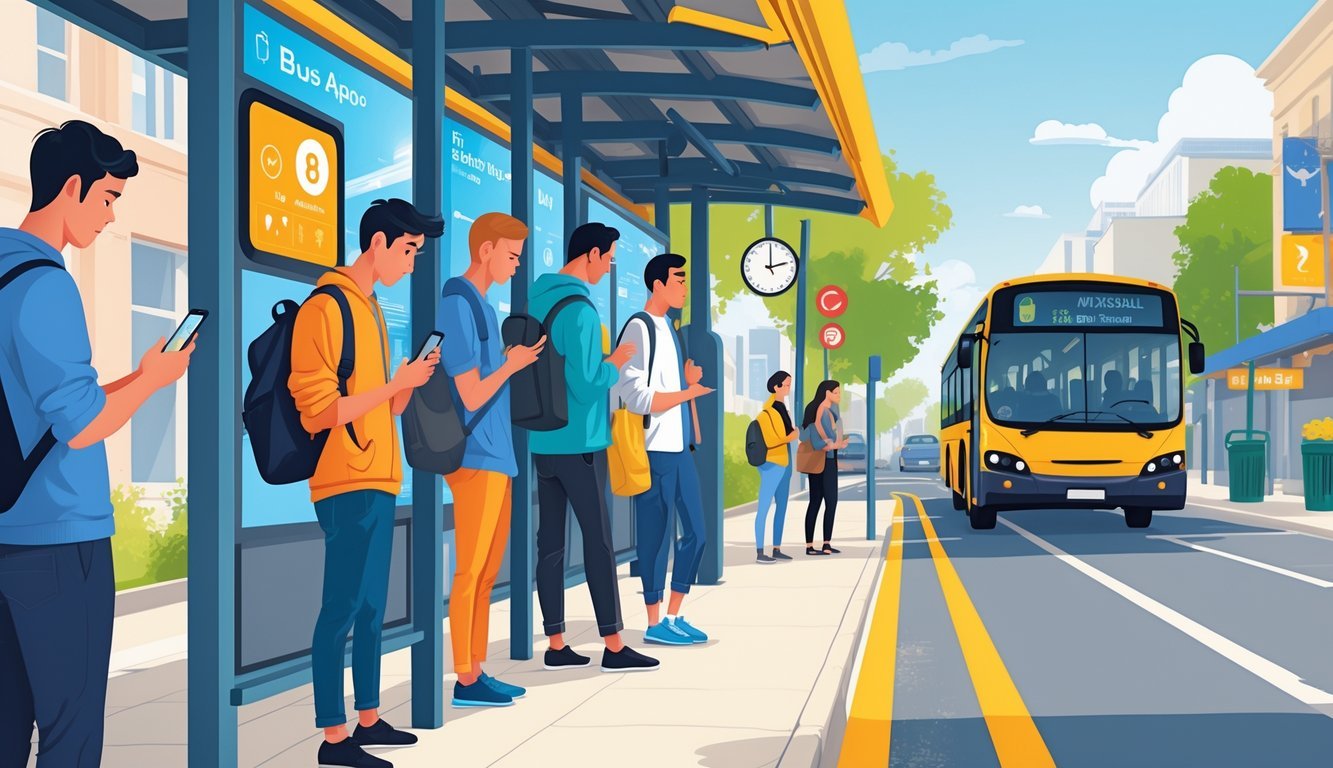PsychNewsDaily Publishers
100 Summit Drive
Burlington, MA, 01803
Telephone: (320) 349-2484
PsychNewsDaily Publishers
100 Summit Drive
Burlington, MA, 01803
Telephone: (320) 349-2484
Bus apps can sometimes increase wait times for riders due to inaccurate real-time data, reliance on predicted arrival times, and outdated route information.

You’d think using a bus app would help you get to your ride faster, right? Turns out, that’s not always the case.
A lot of people trust these apps for real-time arrivals, but studies keep showing something odd: folks who rely on bus apps often end up waiting longer than those who just check the schedule or head out without checking anything at all.
One big reason? These apps can nudge you to change when you leave your house. Maybe you decide to wait a few more minutes, thinking the bus is just around the corner, but then it gets delayed or the info’s off.
That means you might stand around even longer once you finally get to the stop.
If you understand why bus apps sometimes make you wait longer, you can plan your trips a bit smarter. Knowing what these tools can and can’t do helps you use them in ways that actually save you time (and maybe a little frustration).

Bus apps feel like a shortcut to less waiting, but sometimes they do the opposite. The data in these apps isn’t always up-to-date, or even accurate.
A lot of riders trust the predictions too much and change when they leave home. If the bus network changes or the app lags behind, things get even messier.
Bus apps pull info from transit agencies or GPS on the buses, but that data can show up late or be wrong. Sometimes the app says a bus is arriving soon, but it’s actually stuck in traffic.
You might show up too early or too late, depending on what the app tells you. That can leave you waiting longer than you planned.
The gap between what the app says and when the bus really comes can be confusing—and honestly, pretty frustrating.
A lot of riders take the app’s arrival times as gospel. You might time your walk to the stop to the minute, only to find the bus isn’t there.
Since these are just predictions, buses often don’t stick to the schedule the app shows. You could have waited less if you’d just stuck to the old printed schedule.
When you trust the app too much, you’re less likely to leave early or have a backup plan. If the bus is running late or the app hasn’t updated, you end up standing around longer.
Transit agencies sometimes change routes or schedules to keep up with demand. Bus apps don’t always catch up right away, so you might see outdated routes or times.
You could be following a schedule that doesn’t match what’s actually running. Apps also struggle to show complicated transit info, like transfer times or multiple routes at one stop.
If you miss a detail, you might miss your bus or have to wait for the next one. That’s extra time you didn’t plan for.
Key points to keep in mind:
If you remember these, you’ll probably use bus apps more wisely.

Waiting for a bus isn’t just about the clock—it’s about comfort, location, and even what tools you use. These things can really change how long your wait feels.
A good bus shelter makes a huge difference. If you’re out of the rain or sun, waiting just feels easier.
Shelters usually have benches and lights, which make things safer and more comfortable. In places like Seattle, better shelters have even gotten more people to ride the bus.
If you’re comfortable, you probably won’t stress as much about the wait—even if the bus is late.
Microtransit services like Via offer flexible, on-demand rides. They use apps to match you with nearby vehicles, which can mean less waiting—especially in quieter neighborhoods.
But relying on bus apps doesn’t always mean you’ll get there faster. Sometimes those real-time updates tempt you to make last-minute moves, and you end up missing your bus.
The trick is to mix technology with a little common sense. Don’t let the app catch you off guard.
Transportation research has found that real-time bus info doesn’t always cut down your wait. Some studies say it saves a minute or two, but others show people actually miss more buses when they trust the apps.
Local transit blogs, especially in cities like Seattle, point out that knowing both the schedule and real-time data helps you plan better. When you combine both, your wait usually feels shorter and less stressful.

Bus apps sometimes confuse more than they help. You might end up waiting longer, even though you thought you were being smart.
Bus tracker apps use GPS to guess when the bus will show up. If the GPS is slow or the data lags, the app’s timing can be off.
Your wait can feel longer or shorter than it actually is.
Apps don’t directly cause delays, but if you rely on them, you might miss your bus. Sometimes buses skip stops when full, and the app doesn’t update quickly enough to warn you.
Buses don’t always stay evenly spaced. This “bus bunching” means you could wait a lot longer than expected.
Some buses skip stops, which makes your wait even longer.
Bus apps can help you plan, but they don’t control traffic or passenger issues. Real-time data is useful, but it can’t fix delays built into the system.
No app is perfect—conditions change too fast. Apps with solid GPS and good support give better estimates, but sometimes they’re still off.
Open the app and check the bus schedule before heading out. I’d suggest arriving a bit early, just in case the bus shows up ahead of time.
Keep an eye on the app for updates about crowded buses or skipped stops. That way, you can decide when it’s actually worth leaving for the stop.